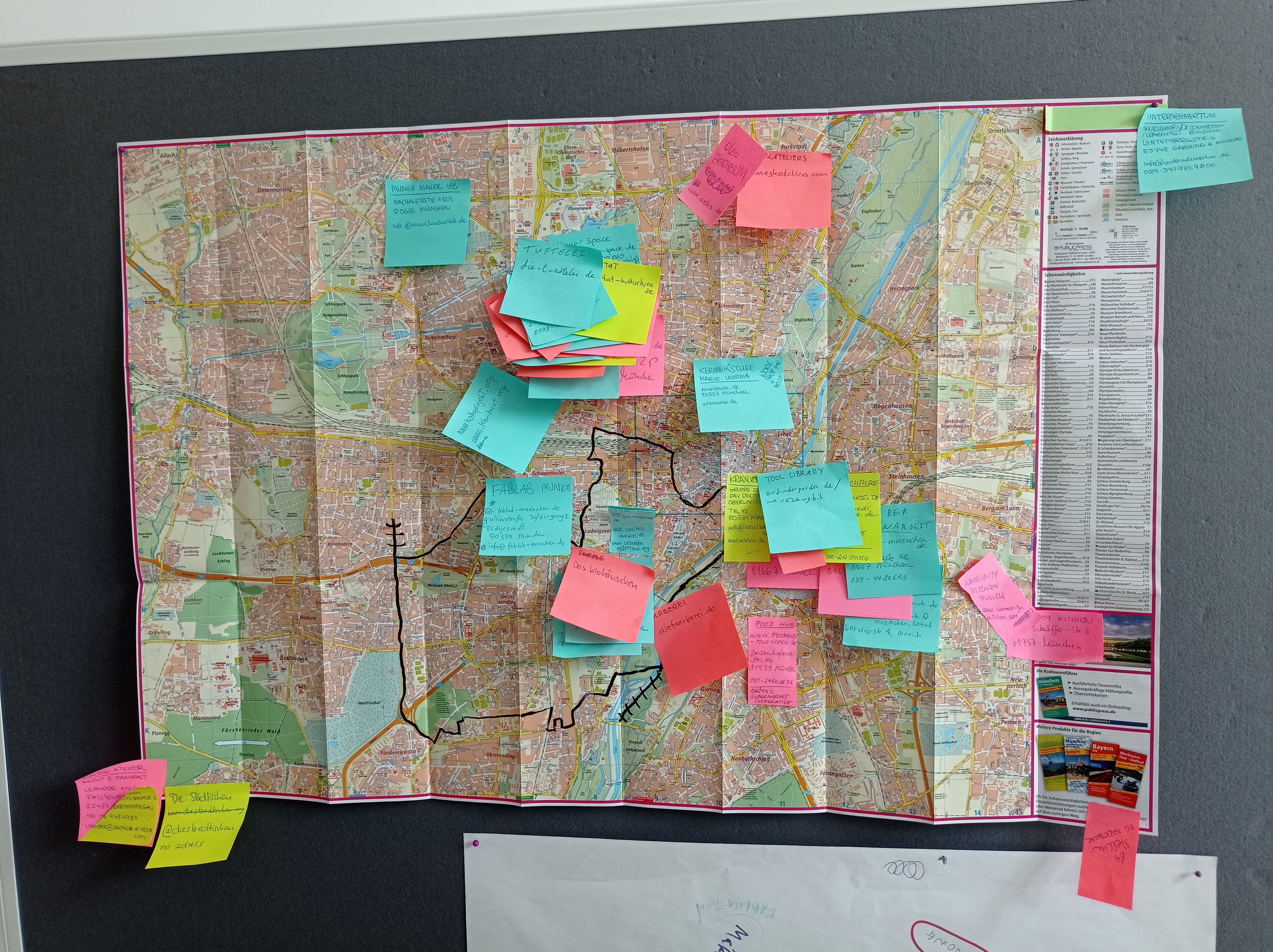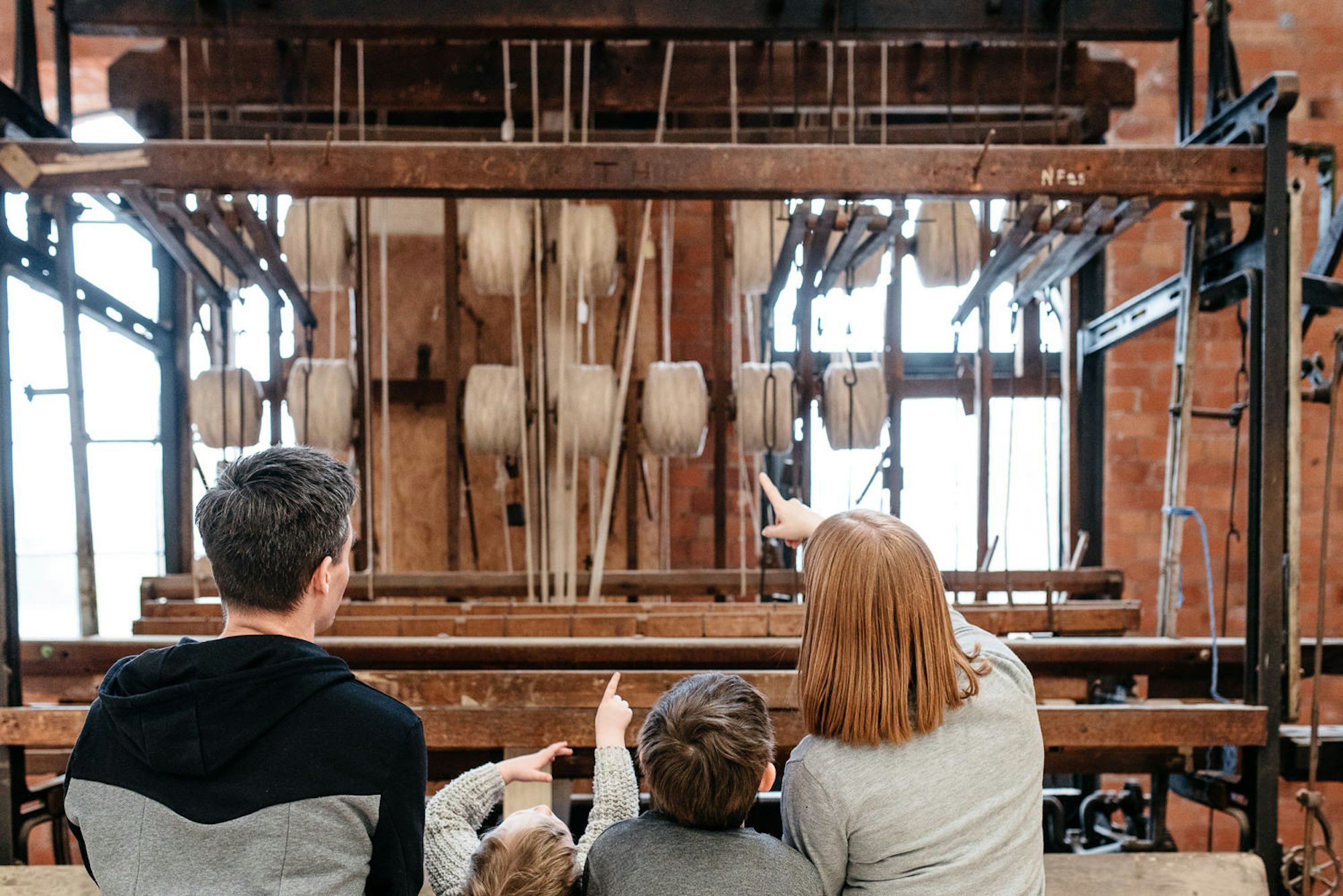How do you build Turner Prize winning work?

A team of politically-minded architects more interested in plumbing than the art world, were announced as winners of The Turner Prize this week.
Fabricating the pieces that you might have overlooked - the gallery walls, the furniture, the plinths - were a team of local tradesmen, makers and manufacturers from Glasgow's Southside. We've asked Simon Harlow who runs Silo Design and Build in Govanhill about how he found working on the build of ASSEMBLE's work.

For a lot of Scottish fabrication companies, I’m sure they dream of getting this kind of commission. How did it come about?
Well, it came in as a phone call from Claire Jackson, curator at Tramway, amusingly just as I was wondering what I could do to fill August and September's work schedule a bit more!
I have worked with with both her and Stuart Gurden - head tech on the art side of things - on 2 projects previously at Tramway, but in a much lesser capacity. We worked easily together and I guess they thought me the right person for this job. The previous jobs were actually about 20 times smaller in scope or budget so I really appreciate the leap of faith they must have taken to entrust me with a job of this prestige and significance. I had run a few projects this size and larger, for others, which they did know about so I guess that was enough proof of competence for timely delivery.
I think the main thing for them was that this wasn't a standard building job. it required an ability to do a large scale high quality build in a very short time frame coupled with a sensitivity to the arts environment in which the work was being done. Also important I believe was an ability to converse with architects and artists in a supportive and adaptive role.

Which bits of the piece were you involved with building?
Initially it was just the ASSEMBLE house and its furniture content. However when I enquired about who was doing the rest of the gallery build to know who we were to be working with, Stuart said they had J+B scenery in place for the main gallery wall framing but nothing for sheeting, filling, painting or an electrician. I said I'd try and find the right people for those parts too.
I've been working across the trades in Glasgow for a good number of years now and have developed good working relationships with a lot of skilled and trusted tradespeople.
In an ideal world, and with a time pressured job like this, you want to be working with as large a number of known colleagues as possible as that'll give the smoothest and fastest resolution to any build or scheduling issues between the trades.
As incredible luck would have it, all of the people who I thought would be right for this job and really hoped to be working with were free over the build period but very busy before it and after it.
This meant that the whole thing ran very smoothly, giving us, the build crew more room to enjoy it and the Tramway staff less to worry about, which in turn meant they had more time to deal with all their own tasks.


Being such an enormous piece, it must have been a bit of a challenge to accommodate. How did you manage it?
Thankfully the Tramway is an enormous venue so most of it could be done on site, also the people I work with are very competent people.
We wanted to enter the building with a pre-cut kit of parts that could be assembled on the floor as large wall panels and then lifted into place, akin to a barn raising. Then the finishing works could mostly be done in an area only slightly larger than the footprint of the house itself.
How that all works was really a scheduling issue. We worked closely with J+B scenery so that they started the gallery wall build at the other end of the gallery and worked toward the ASSEMBLE house. That meant we had lots of floor area to make up our panels. We needed to have our house raised by the time they reached the edge of our work area to give them scope to complete their build without any hiccups in their schedule. It worked well. As one thing went up, another thing came along and filled the gap.

Assemble is most likely unlike any client you’ve worked for before, being an 18 strong architecture crew. How did you find working with them?
ASSEMBLE had appointed 2 of their own, Fran Edgerley and Lewis Jones to carry this project. I think to keep communications as straightforward as possible and because the rest of them were working on all the other live projects they have going on. Both very practical people and build experienced it was very easy to work with them. What really helped was the fact that their drawings were very well conceived from a build point of view, meaning there was little need for much additional interpretation by us.
Both Fran and Lewis seem very decent and affable people and so working with them was easy and enjoyable. They were good humoured and very clear communicators. From the beginning there was a palpable sense of community and equality shared amongst us all on the build which resulted in a real sense of shared pride in it's development.
How do you feel about this year’s competition being at The Tramway in Glasgow?
I think it's a great thing for the country, for the city and particularly for the Southside. It shines a bright cultural spotlight on a socially and creatively rich geographical area that is often overlooked.
You can check out Silo Design and Build on Make Works here

You can go and see Assemble's work at Tramway until the 17th of Janaury 2016.
You might be interested to read 10 Fabricators you should know about in Scotland to find more fabricators like Silo Design and Build
Categories
Factories
Related stories
Factory Friday: Turnberry Rugs
Aero Leather - Scottish manufacturer of leather jackets
Factory Friday: Jay Surfboards
New Make Works Film: Glencraft Mattresses
Manufacturer Case Study: Trakke



